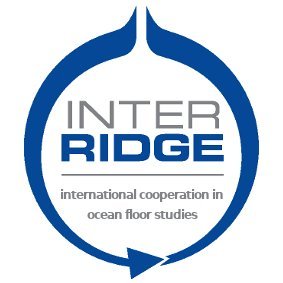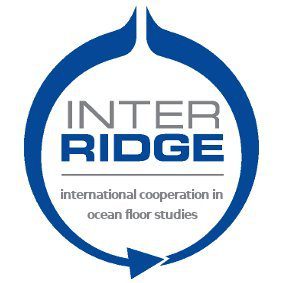InterRidge Working Group
Mid-Ocean Ridge Islands and Seamounts
Chairs
Neil Mitchell (Manchester, UK) neil.mitchell@manchester.ac.uk
Rui Quartau (Instituto Hidrografico, Lisbon, Portugal) rui.quartau@hidrografico.pt
Christoph Beier (GeoZentrum Nordbayern, Friedrich-Alexander Universitat Erlangen-Nurnberg; Department of Geosciences and Geography, University of Helsinki) christoph.beier@fau.de
Members
Telmo Morato (University of the Azores, Portugal), David Barnes (British Antarctic Survey, Cambridge, UK), Eric Fielding (Jet Propulsion Laboratory, Pasadena, USA), Robert Turnewitsch (Scottish Marine Institute, Oban, UK), Pedro Afonso (University of the Azores, Portugal), Christian Hubscher (University of Hamburg, Germany), Katrin Linse (BAS, Cambridge, UK), Ricardo Ramalho (Instituto Dom Luiz, Lisbon, Portugal), Simon Morley (BAS, Cambridge, UK), Ulrich Kuppers (volcanology, LMU Munich, Germany), Jose Madeira (University of Lisbon, Portugal), Dmitry Aleynik (Scottish Assoc. of Marine Science, UK), Chester Sands (British Antarctic Survey, Cambridge, UK), Christian Mohn (Aarhus University, Denmark), Zhongwei Zhao (University of Manchester, UK), Thor Hansteen (GEOMAR, Kiel, Germany), Julia Crummy (British Geological Survey, Edinburgh, UK), Michael Bizmis (University of Southern Carolina, USA), Susumu Umino (Kanazawa University, Japan), Bryndis Brandsdottir (University of Iceland), Jo Whittaker (University of Tasmania, Australia), Carmen Gaina (University of Oslo, Norway), Paraskevi Nomikou (University of Athens, Greece), Christine Meyzen (University of Padova, Italy), Cedric Hamelin (University of Bremen, Norway), Kamesh Raju (National Institute of Oceanography, India), Delwayne Bohnenstiehl (North Carolina State University, USA).
Period
2019-present
Scientific Objectives
The following is a preliminary set of questions to be addressed, which will be refined with the input of participants of the workshop and other meetings, and online contributions:
- How frequent is catastrophic failure in submarine slopes? How important are small compared with large movements in terms of net volume? What are the implications of these disturbances for ecosystem functioning on island slopes? Does it lead to significant burial of organic carbon? Can we link faults already mapped on land with signs of recent deformation in shallow-marine geophysical data to improve estimates of earthquake risk to local populations?
- Can we relate changes in plate tectonic regime with changes in magmatic extrusion in an individual magmatic system? How do mantle plumes affect a mid-ocean ridge where the mantle buoyancy flux is small? To what extents do tectonic processes affect formation and movement of melts? How do magmatic activity and styles of eruption relate to mantle composition, tectonic setting and local geology?
- How do fauna and flora vary from deep spreading centres to shallow depths of ocean island shelves and coasts, in response to varying temperature, pressure, substrate geology, currents and ambient light? How do seabed populations change with time after catastrophic events and with other changes, such as associated with climate change? How do topographically controlled fluid dynamics and sediment disturbances affect the distribution of Fe-Mn crusts on islands and seamount slopes? How do the depths and distributions of sedimentary deposits on the shelves of volcanic islands relate to ocean physical conditions, in particular, waves? What roles do island shelves and, in particular, rhodolith beds have in carbon cycling and regulating water properties?

